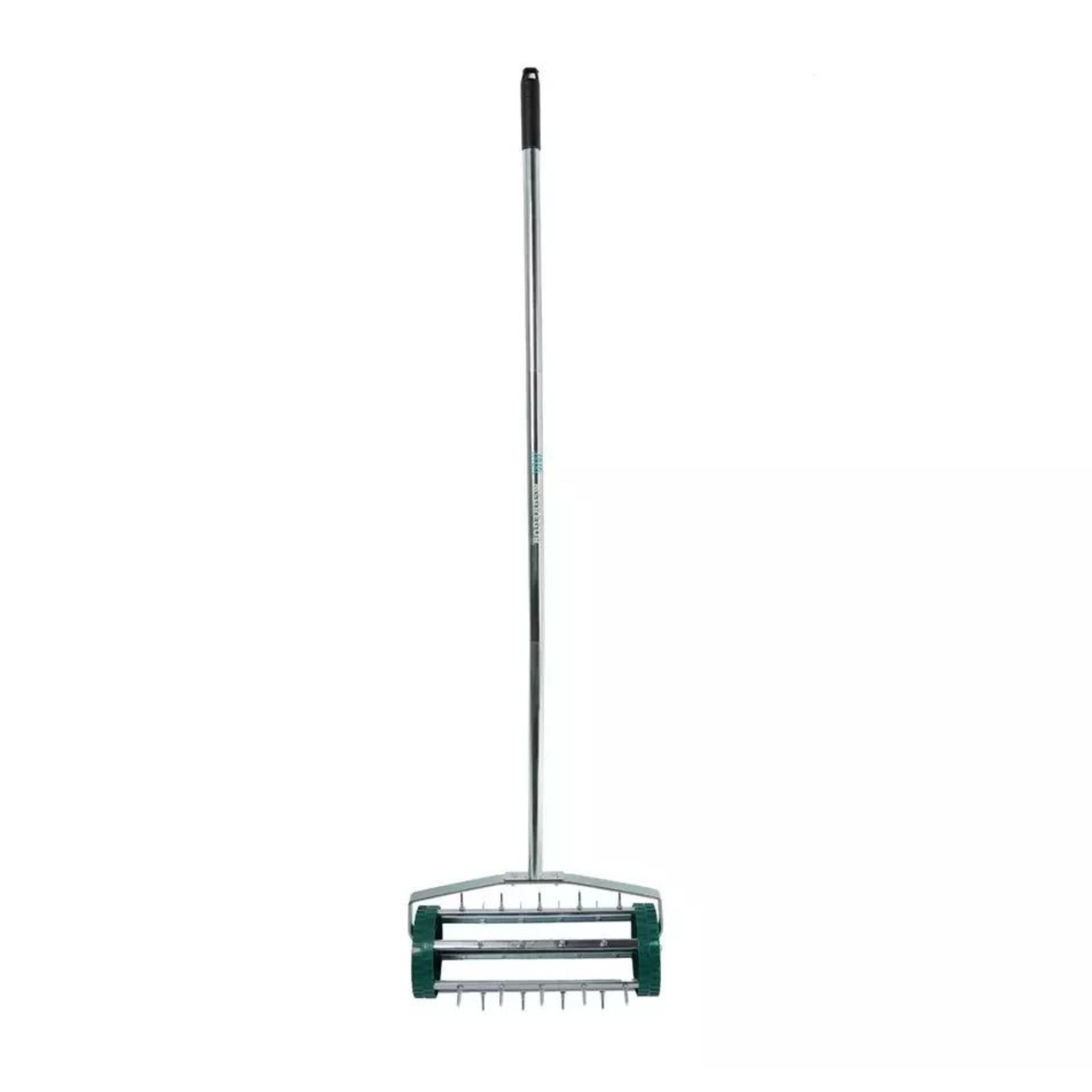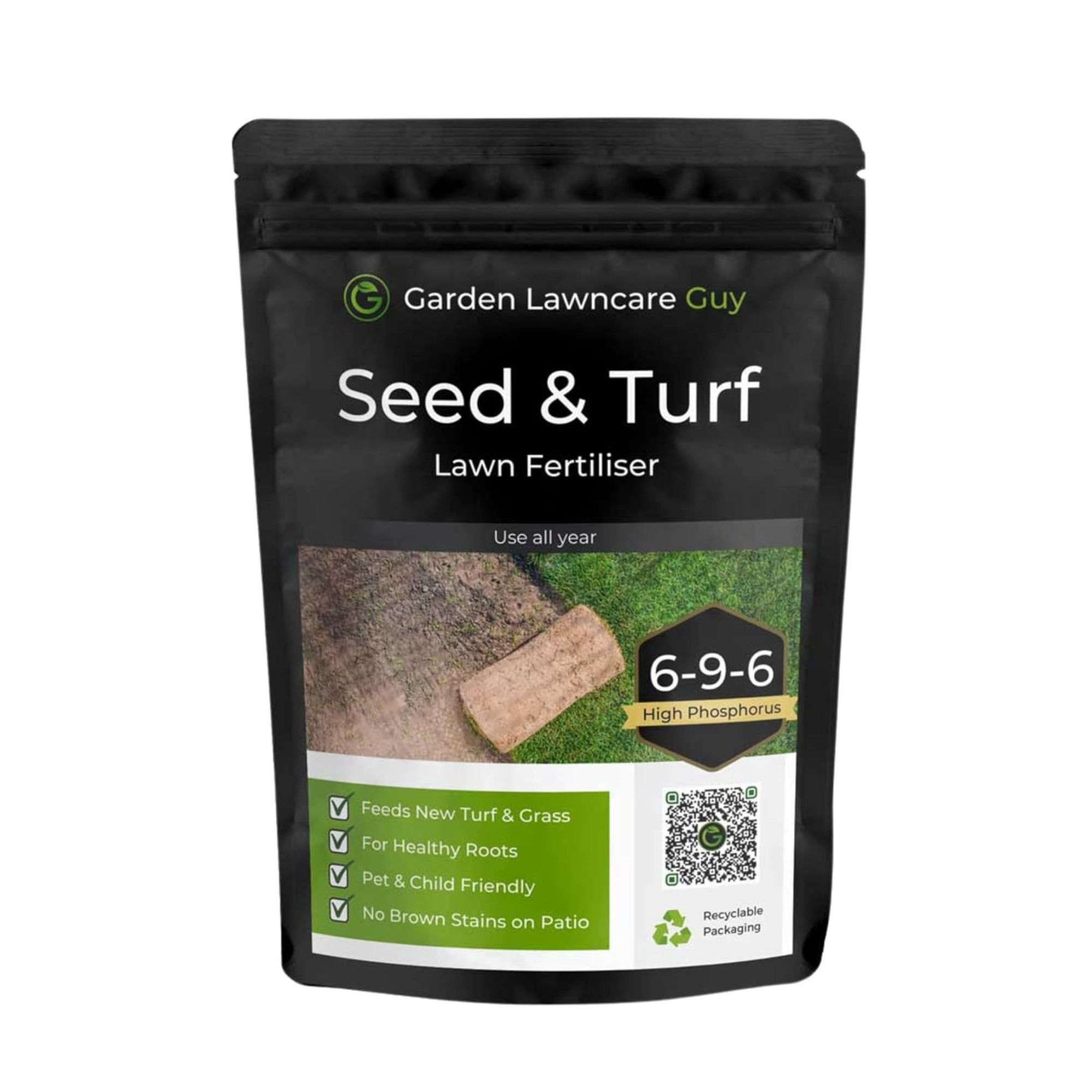Can you sow grass seed in November? Experts warn that you might be too late - unless you follow these 4 steps
Sowing grass seed in November is tricky but not impossible
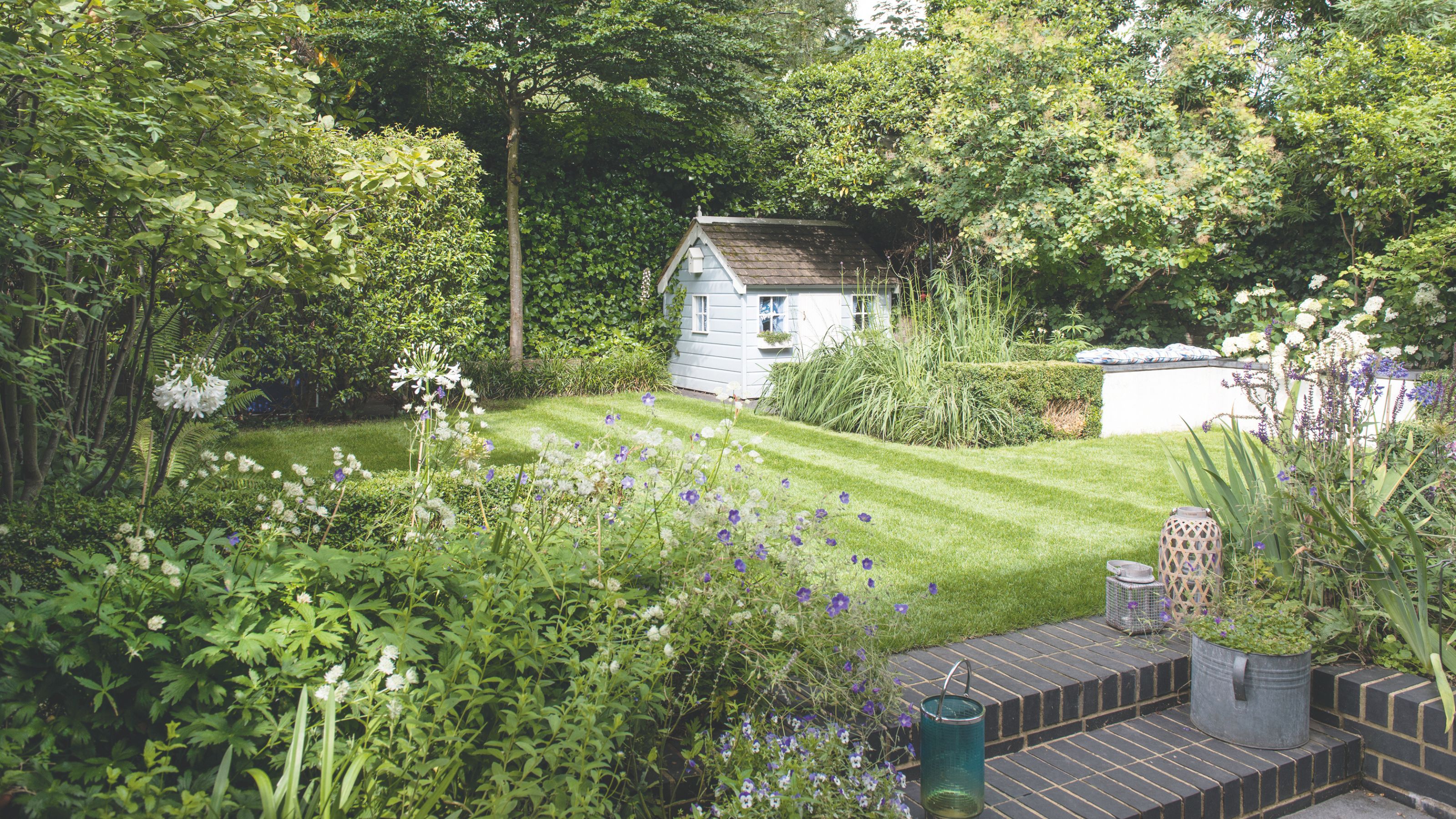

Right now, many gardeners are looking out of their windows and passing a sharp eye over their lawns. If that sounds like you and you’ve spotted that your lawn looks a little worse for wear after a busy summer, you'll want to know if you can sow grass seed in November to restore it to its former glory.
One of the best lawn care tips you should have in their back pocket is sowing grass seed every year. This grass seed will provide the extra oompf needed to bring your lawn ideas to life and reward you with healthy and luscious grass. But in a rush to get your garden ready for winter, you may have forgotten this essential task.
As Chris McIlroy, lawn expert at The Grass People, explains, ‘The best time to sow grass seed in the UK typically runs from April to October when temperatures are consistently 8-10 degrees or higher, which is essential for germination.’ But if you’ve just missed the boat, we’ve asked the experts whether you can still sow grass seed in November, too.
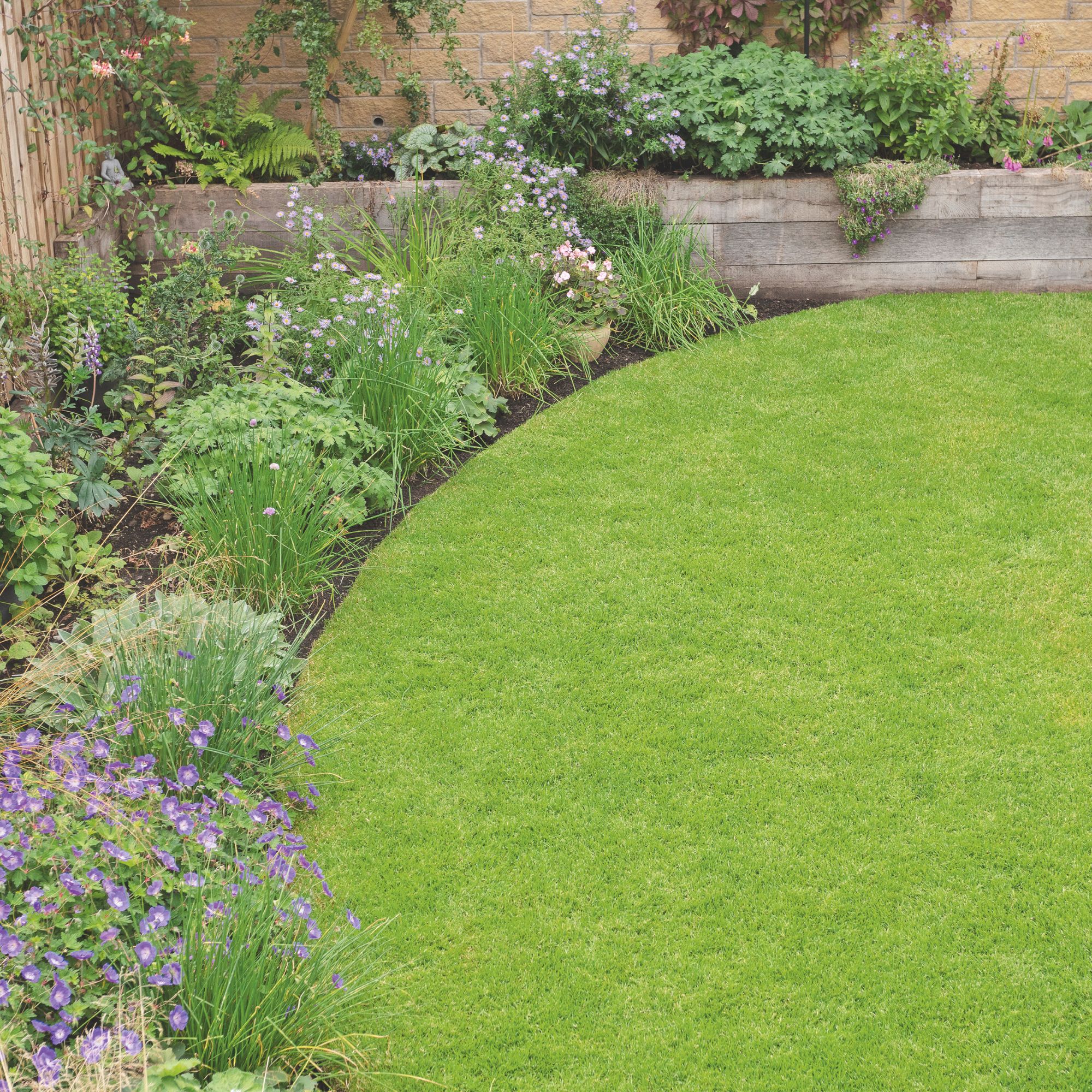
Things to consider if you want to sow grass seed in November
On paper, November isn’t the right time to sow grass seed. But when you read between the lines, it seems as though there is a chance that you could get this job ticked off your to-do list before the winter months really set in. However, there are a few things to consider if you want to sow grass seed in November:
1. You need to check the temperature
Grass seed requires very specific temperatures to germinate, making sowing in November tough. If you want to try, you need to look at your area's weather forecast and see what the next few weeks look like before deciding whether to add sowing to your list of garden jobs in November.
Chris says, ‘To sow in November, it’s important to monitor both daytime and nighttime temperatures in your area to ensure they stay above this threshold.’ If we have an unseasonably warm November, you can sow grass seed. If temperatures regularly dip below 5-8℃ at night, you won’t be able to.
If you’ve already experienced the first frost of the year - or you know it’s on the horizon - it’s not worth sowing grass seed in November, so best to hold off until the weather warms up.
Get the Ideal Home Newsletter
Sign up to our newsletter for style and decor inspiration, house makeovers, project advice and more.
John Marshall, Landscaping expert at Wenningdale Escapes, explains, ‘Whilst you won’t get as high a percentage surviving if you sow in November, you will help thicken up the sward. Avoid doing it in the middle of winter when hard frosts might affect the seed.’
If you wait until spring, you can instead focus on storing your grass seed properly over winter.
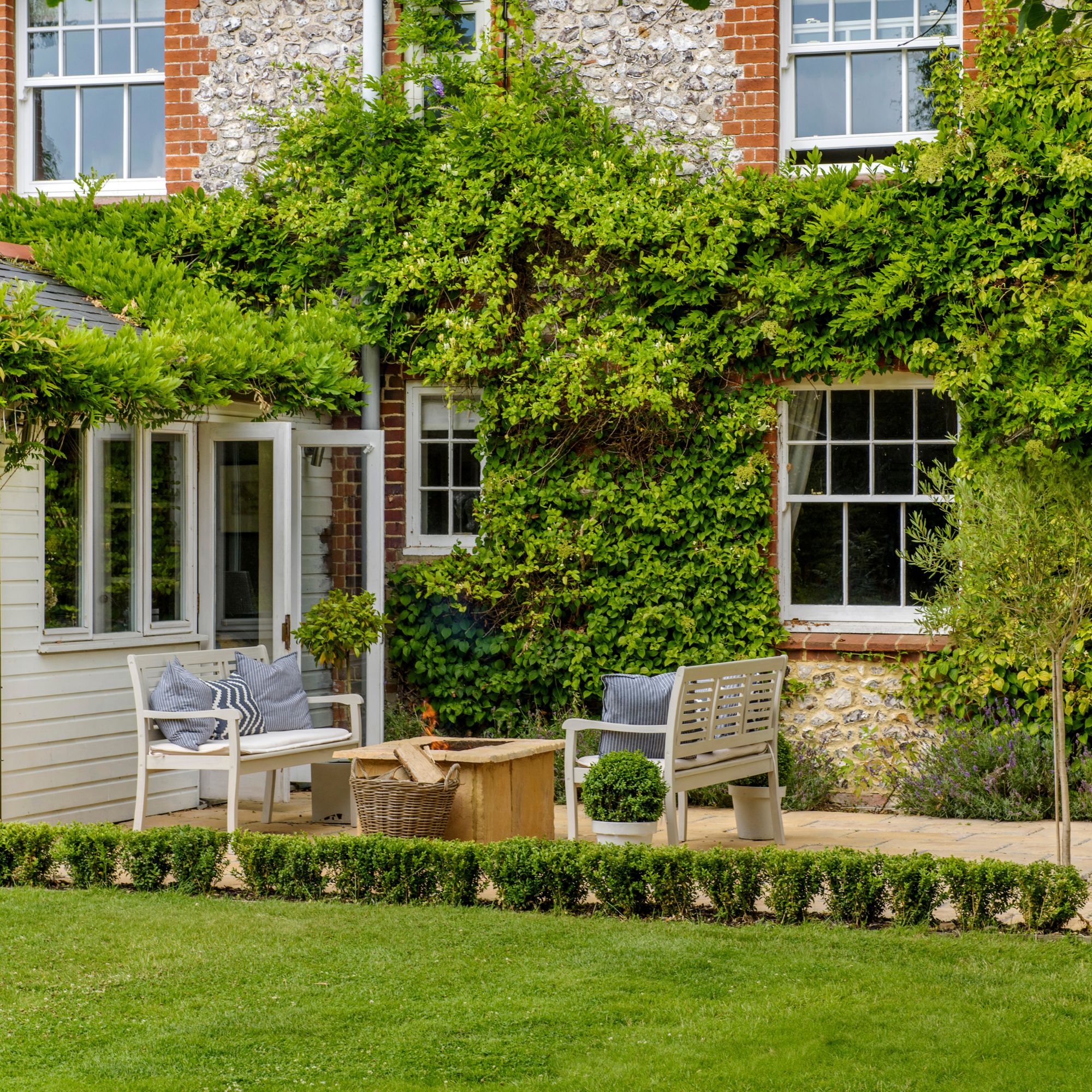
2. You should buy the right type of grass seed
You might not realise there are hundreds of different types of grass seeds out there, from Creeping Red Fescue to Smooth Stalked Meadowgrass. These different types of grass also germinate at different temperatures - and this can work in your favour if you want to sow grass seed in November.
Grass seeds with a high fescue mix tend to germinate at higher temperatures (around 15°C), so they're best avoided if you're looking to sow in November. Instead, Chris suggests, ‘Use a grass seed mix with higher perennial ryegrass content, which is more likely to germinate in cooler conditions.’
Just make sure that you precisely follow the instructions for this grass seed. If you don’t, you may find that it doesn’t have the effect you were hoping for.
3. You'll need to prep your soil first
As it’s so difficult to sow grass seed in November, your chances of success may be slim. But you can improve your chances by prepping your soil and giving it the TLC it often needs at this time of year.
Chris says, ‘It needs to have moisture but not be waterlogged and make sure you clear all debris, weeds, dead grass and fallen leaves. You should also gently aerate your lawn to improve drainage and airflow.’
But that’s not all you can do to prepare your lawn for this late-season process. ‘Using a pre-seed fertiliser will give seedlings a nutrient boost and help them establish roots quicker,’ adds Chris.
This is readily available and easy to apply, but in most cases, you’ll need to apply this pre-seed fertiliser a week before sowing your grass seed.
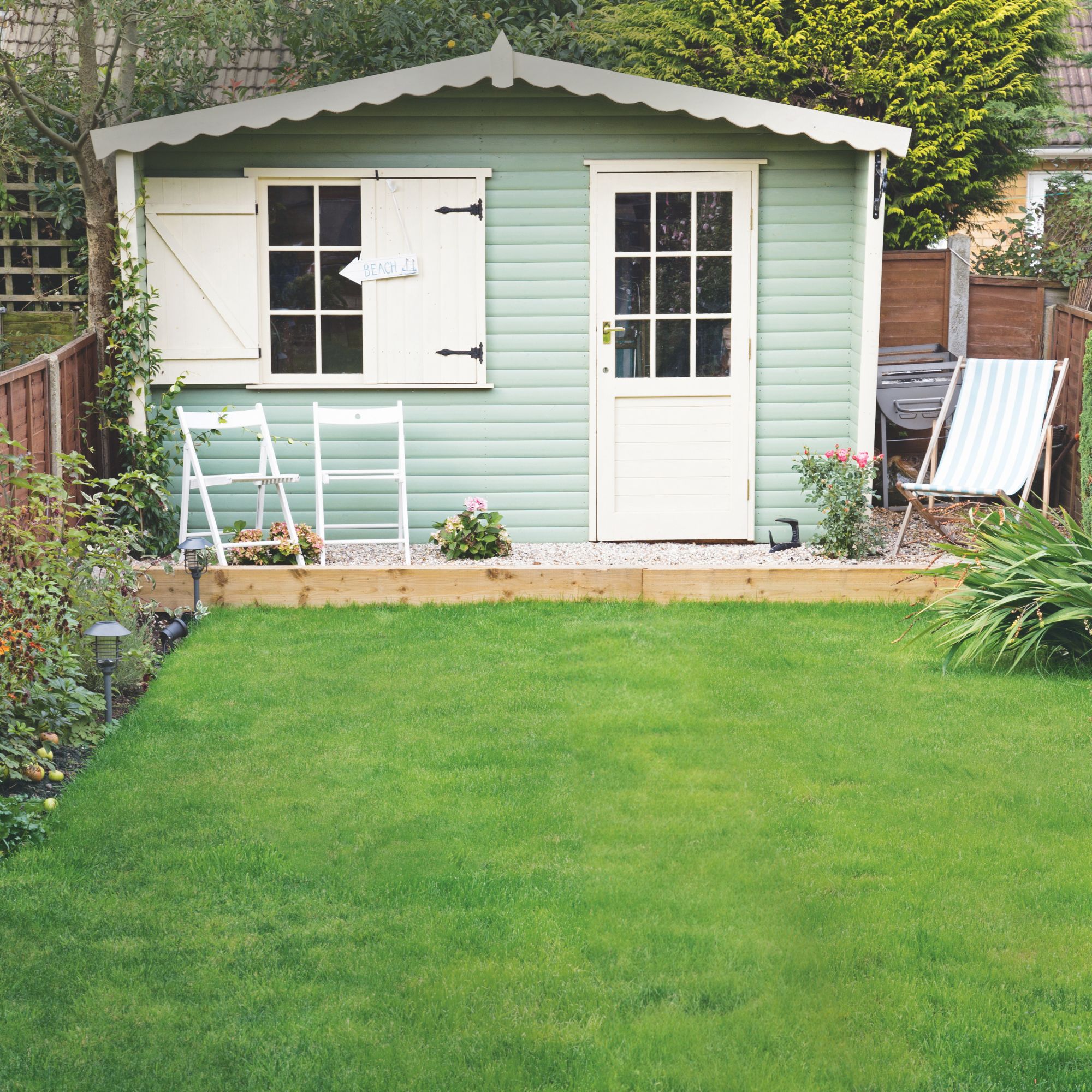
4. If in doubt, focus on protection instead
Even with the above taken into consideration, there’s a high chance that you still won’t be able to sow grass seed in November. Ultimately, if the weather doesn’t play ball, there’s not much point in trying - but that doesn’t mean you can’t give your lawn some winter love.
Chris says, ‘In the meantime, consider feeding your lawn with a slow-release autumn or winter fertiliser to protect it from winter diseases and frost.’ Then, you’ll know that it’ll be in top form to sow your grass seed in spring.
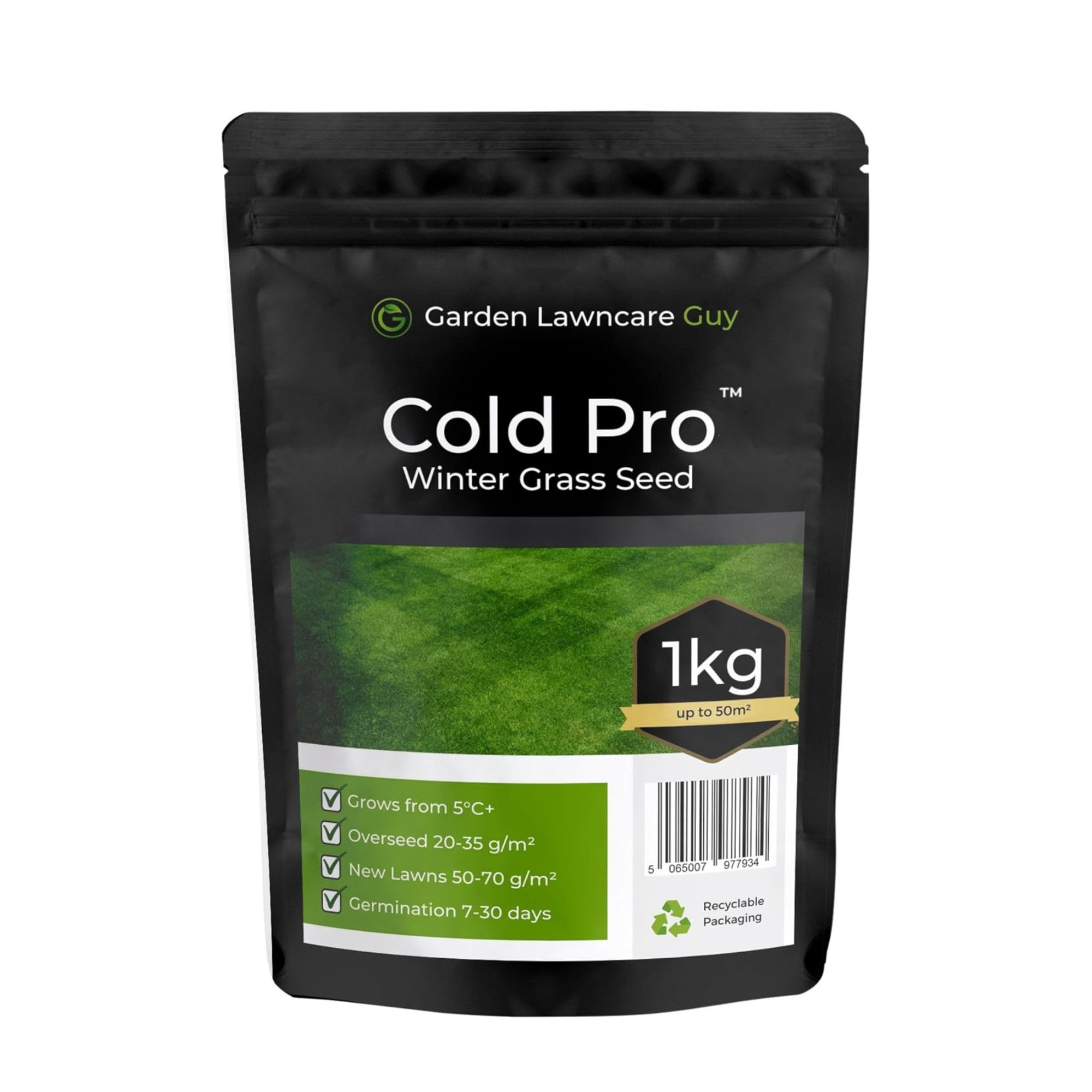
This grass seed is ideal for colder temperatures and can grow in soil as low as 5°. It also germinates in 14-30 days, so you can beat the frost.
FAQs
What is the longest time for grass seed to germinate?
This ultimately depends on the grass seed you’re using. It generally takes anywhere between 10-30 days for grass seed to germinate, which is why it’s so important to choose the right time to sow it.
If you sow grass seed too late in the year, you run the risk of the weather changing and the temperatures dropping before those 30 days are over. This could render your sowing efforts pointless.
Can you lay grass in November?
Although you should aim to lay grass before November (ideally between September and October), you may still be able to lay grass in November if the conditions allow. So, you’ll need to check the weather forecast.
If there are no signs of frost on the horizon, the ground hasn’t frozen, and your garden isn’t waterlogged, it’s perfectly safe to lay grass, and this process should be successful. If you have spotted any of these adverse conditions, though, it’s best to wait.

Lauren Bradbury has been the Content Editor for the House Manual section since January 2025 but worked with the team as a freelancer for a year and a half before that. She graduated with a Bachelor’s degree in English and Creative Writing from the University of Chichester in 2016. Then, she dipped her toe into the world of content writing, primarily focusing on home content. After years of agency work, she decided to take the plunge and become a full-time freelancer for online publications, including Real Homes and Ideal Home, before taking on this permanent role. Now, she spends her days searching for the best decluttering and cleaning hacks and creating handy how-to guides for homeowners and renters alike, as well as testing vacuums as part of her role as the Ideal Home Certified Expert in Training on Vacuums, having spent over 110 hours testing different vacuum models to date!
-
 5 signs you’ve taken decluttering too far — and how you can pull yourself back, according to organisation experts
5 signs you’ve taken decluttering too far — and how you can pull yourself back, according to organisation expertsYou might have to start resisting the urge to purge
By Lauren Bradbury
-
 What is the Party Wall Act 3m rule and is it something you should be worried about? This is what the experts say
What is the Party Wall Act 3m rule and is it something you should be worried about? This is what the experts sayDon't get caught off-guard by the Party Wall Act 3m rule — our expert guide is a must-read
By Natasha Brinsmead
-
 Shoppers can’t get enough of The Range’s lemon tree, but I’ve found an even cheaper bestseller at B&Q - it’s perfect for a Mediterranean look
Shoppers can’t get enough of The Range’s lemon tree, but I’ve found an even cheaper bestseller at B&Q - it’s perfect for a Mediterranean lookWelcome the summer with this glorious fruit tree
By Kezia Reynolds
-
 Shoppers can’t get enough of The Range’s lemon tree, but I’ve found an even cheaper bestseller at B&Q - it’s perfect for a Mediterranean look
Shoppers can’t get enough of The Range’s lemon tree, but I’ve found an even cheaper bestseller at B&Q - it’s perfect for a Mediterranean lookWelcome the summer with this glorious fruit tree
By Kezia Reynolds
-
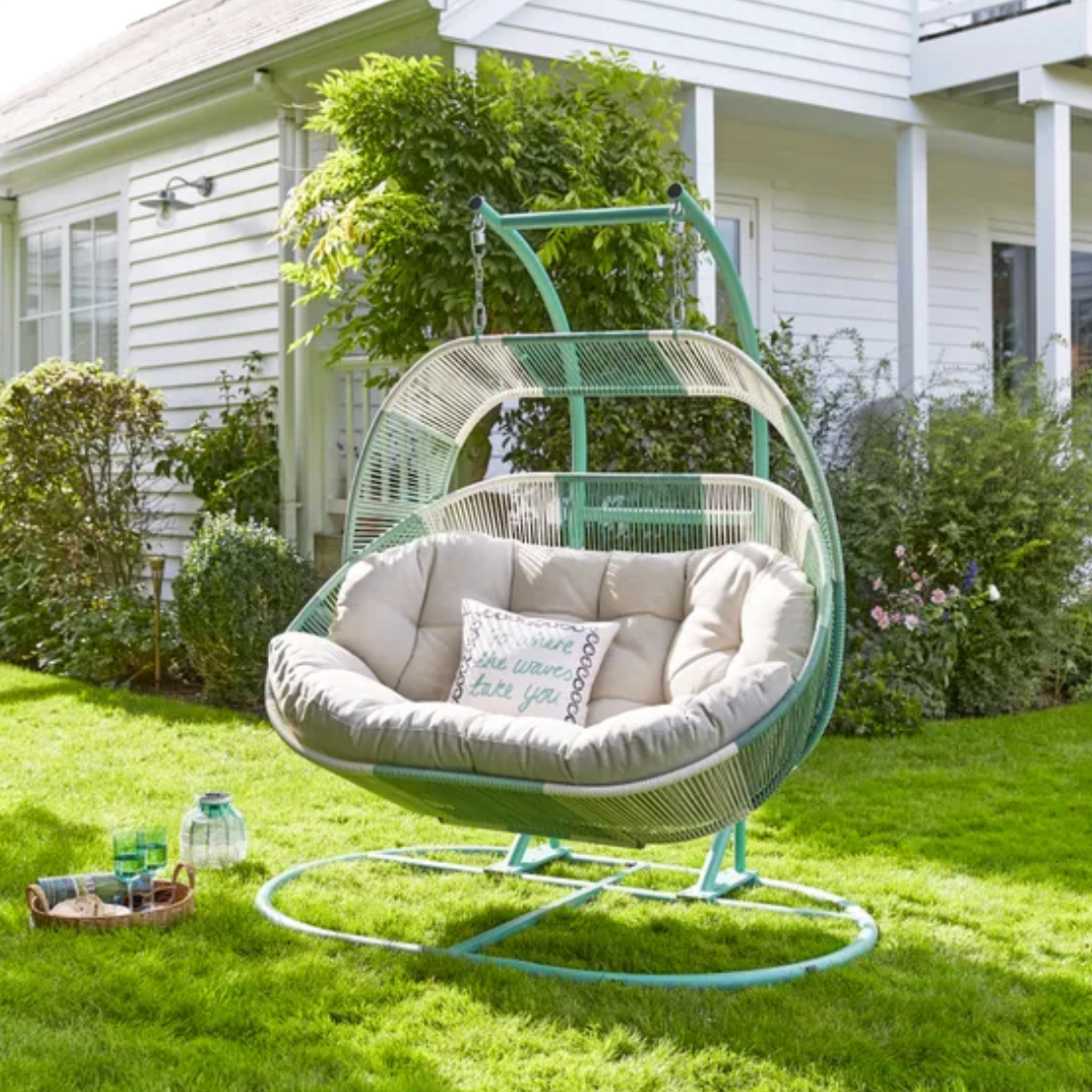 I'm a stylist with an eye for expensive-looking high street finds – these 6 garden furniture pieces at Dunelm are on my radar
I'm a stylist with an eye for expensive-looking high street finds – these 6 garden furniture pieces at Dunelm are on my radarThese pieces all look more than their price tag
By Laurie Davidson
-
 The 6 outdoor lights from Habitat that I'm choosing between to make my outdoor space look more expensive this summer
The 6 outdoor lights from Habitat that I'm choosing between to make my outdoor space look more expensive this summerI couldn’t believe some of the prices
By Ellis Cochrane
-
 Aldi is launching a £200 day bed with four different features - its sleek design is suited to the whole family
Aldi is launching a £200 day bed with four different features - its sleek design is suited to the whole familyYou don't want to miss out on this Specialbuy
By Kezia Reynolds
-
 I’m seeing pastel garden furniture at all my favourite brands this spring, but QVC’s sorbet collection impressed me the most
I’m seeing pastel garden furniture at all my favourite brands this spring, but QVC’s sorbet collection impressed me the mostFresh pastel shades are a great way to liven up your outdoor space
By Kezia Reynolds
-
 I spent the afternoon looking through Wayfair's garden sale – these are the 6 pieces I'm buying immediately for summer
I spent the afternoon looking through Wayfair's garden sale – these are the 6 pieces I'm buying immediately for summerThese are my must-have garden buys from the sale
By Holly Reaney
-
 I’ve found the perfect alternative to John Lewis’ sold-out striped garden chair – and you won’t believe where it's from
I’ve found the perfect alternative to John Lewis’ sold-out striped garden chair – and you won’t believe where it's fromJohn Lewis' Sling Garden Chair is one of the most stylish pieces of garden furniture I'd seen – until I tracked down this QVC lounge chair...
By Kezia Reynolds
-
 Lidl is selling a smart tiered planter that will unlock extra planting space in a tiny garden or balcony
Lidl is selling a smart tiered planter that will unlock extra planting space in a tiny garden or balconyWhy I've been eyeing this planter up for my tiny garden
By Kezia Reynolds
